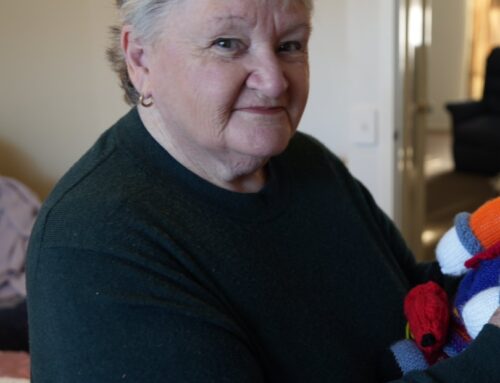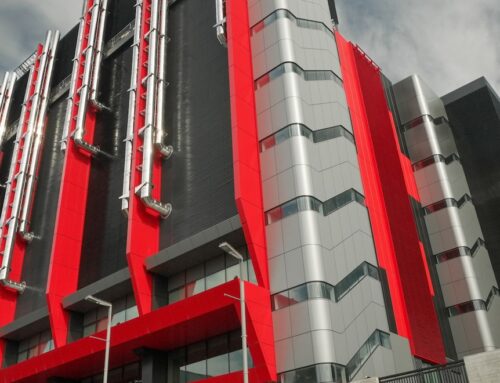A review into the circumstances surrounding the death of an Adelaide man who was left waiting hours for an ambulance has found ramping was a “major contributor” to the delay in reaching the patient.
In January, the Ambulance Employees Association (AEA) revealed a Hectorville man who was living in disability care died on December 27 while waiting more than 10 hours for an ambulance.
The 54-year-old, who had abdominal pain and vomiting, was initially triaged as a Priority 5 case, requiring an ambulance to attend within an hour, the AEA previously said.
SA Ambulance Service (SAAS) said when his condition deteriorated, the case was updated to a Priority 1 and crews arrived within four minutes, but he had died by the time paramedics arrived.
The review was conducted by SA chief medical officer Dr Michael Cusack, SAAS chief medical adviser Dr Amy Keir and SAAS operations manager clinical improvement Cathy Wright.
It found ambulance crews were ramped for a total of 416 hours in the 48-hour period around the man’s death, reducing the ambulance service’s ability to respond to “all events with the greatest impact on low acuity cases”.
“This is the major contributing factor to the delay,” the review found.
The review also found there were delays in the triple-0 call-back process because of a high emergency call volume and that the risk profile for a vulnerable patient in the case was “consistently under-appreciated”.
Government still has ‘a long way to go’, health minister says
SAAS has committed to implementing all of the review’s seven recommendations.
The recommendations include identifying cases of greatest risk and prioritising call-backs during high periods of demand, making changes to improve the internal escalation of call-backs and reviewing the response to the care of vulnerable patients who rely on a second party for communication.
Health Minister Chris Picton said the government still has “a long way to go” to ensure ambulances were released from the hospital ramp so they could respond to emergencies.
Data released last week showed ambulances spent 3,757 hours ramped in February — 203 hours less than January.
Mr Picton said the government was working to add 150 beds to the hospital system this year to reduce ramping.
“Every possible bed, every possible doctor and nurse, every possible paramedic and ambulance, we are putting into the system to make sure people can get the care when they need,” Mr Picton said.
“We have seen some improvements in the system over the past two years, but clearly there’s still much more we need to do to make sure we get to the point where all patients are getting the care in a timely way that they need.
“We need more capacity in our hospitals to make sure we can get more patients inside of our hospitals, that’s always been very clearly the main component of our plan.”
Opposition questions timeline on recommendations
SAAS chief executive Rob Elliott said a clinical improvement team within the service will work on implementing the review’s recommendations.
Mr Elliott said that work will be overseen and monitored by the service’s clinical governance committee which will advise him on their progress.
“These recommendations are absolutely achievable,” Mr Elliott said.
“They are excellent improvements that we can make and I’m really grateful to the review team for the diligence they’ve shown and the effort they’ve put in to putting forward recommendations that will actually make a difference in the future.
“In the future, we hope to have an alteration to our system that helps identify the clinical risk of some patients, helps us to prioritise those cases in particular for call-backs and helps us then reconsider the priority for those cases.”
Opposition leader David Speirs said while the report made “worthy recommendations”, there was no clear timeline for when they would be implemented.
Mr Speirs said had an ambulance “turned up on time”, the man “may very well have lived and that’s a tragedy in itself”.




